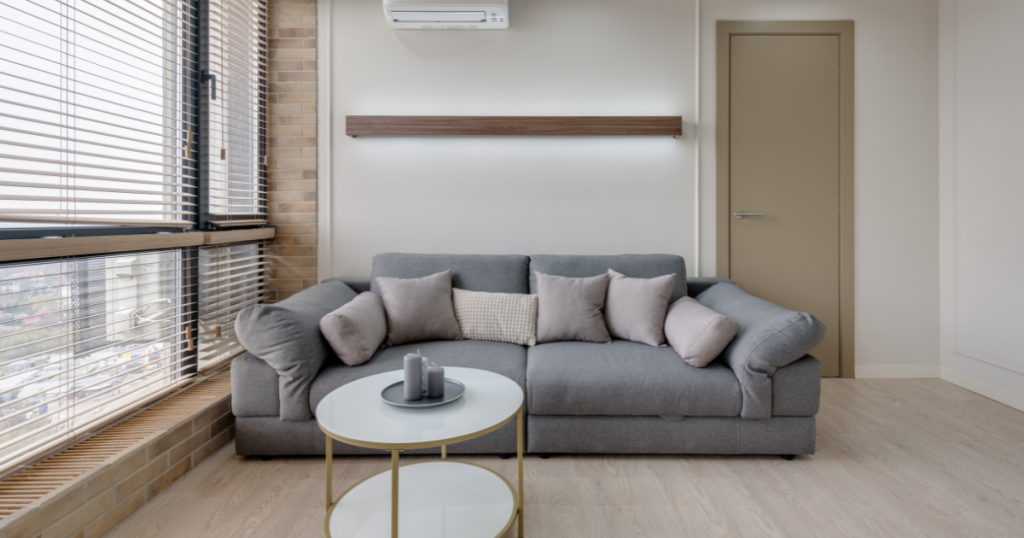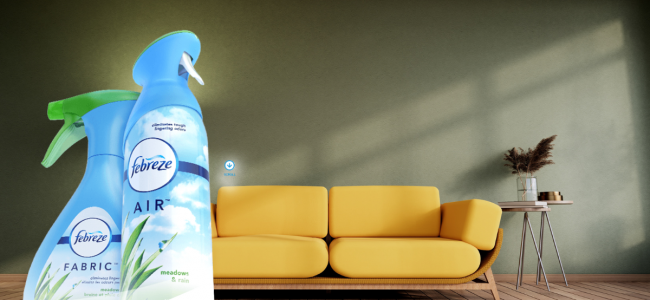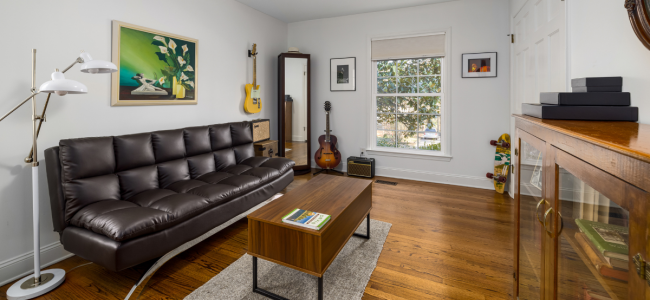

One of the most essential pieces of furniture in your house is your sofa. It contributes significantly to the overall design and feels of your living room in addition to offering a pleasant place to sit and unwind. Unfortunately, spills, stains, and dirt can also be drawn to your sofa, making it look less than perfect.
To help you clean and preserve your sofa fabric so that it keeps looking its best for years to come, we have put together this detailed guide. We can help, whether you’re trying to remove a difficult stain or just want to give your sofa a thorough deep clean. This guide is filled with helpful pointers and suggestions to help you attain a spotless home, from the best cleaning chemicals to use to step-by-step directions on how to handle a variety of fabric kinds.
So why wait? Prepare to convert your sofa so you may once again relax in a welcoming, cozy living room. You’ll be able to remove even the toughest stains with ease once you have these fabric cleaning strategies at your disposal, keeping your couch looking like new. Let’s get going!
Understanding Fabric Types and Cleaning Requirements
Knowing what kind of fabric your sofa is constructed of and what cleaning requirements it has is the first step in altering it. Different fabric kinds call for various cleaning procedures and choosing the incorrect one can harm or stain the fabric. Several popular varieties of fabric include:
- Leather
- Microfiber
- Chenille
- Polyester
- Linen
- Cotton
You should carefully read the care label on your sofa to learn what kind of fabric it is made of and what cleaning procedures are necessary.
How to Clean Stains from Your Sofa
Although stains might be a regular problem for couches, with the appropriate methods, they can be swiftly and simply cleaned. The following techniques work well for getting rid of various stains on your sofa:
A solution of baking soda and water can be used to get rid of oil and grease stains. Before removing the stain with a clean towel, apply the mixture to it and let it set for 15 minutes.
A solution of rubbing alcohol and water can be used to erase ink stains. Apply the mixture to the stain and blot it with a clean cloth until the stain disappears.
White wine and salt can be used to erase wine stains. Before removing the stain with a clean towel, apply the mixture to it and let it set for 10 minutes.
How to Clean Your Sofa Deeply
It’s crucial to thoroughly clean your sofa to get rid of any dirt and debris that may have gathered over time in addition to getting rid of stains. The techniques listed below will help you thoroughly clean your sofa.
Regularly vacuum your sofa to get rid of any dirt and debris that may have accumulated in the fabric.
To get rid of any deeply embedded filth and bacteria, steam clean your sofa once every six to twelve months.
Any stubborn stains or marks should be cleaned with a fabric cleaner made specifically for the fabric type of your sofa.
How to Protect Your Sofa from Stains
The easiest approach to maintaining the new appearance of your sofa is to prevent stains from developing in the first place. The following are some suggestions for stain-proofing your sofa:
To prevent spills and stains, drape a blanket or other covering over your sofa.
To avoid any unintentional spillage, use coasters for your drinks.
To avoid any dirt or debris being tracked onto the fabric of your sofa, ask visitors to take off their shoes before sitting on them.
Conclusion
Finally, if you want your sofa fabric to appear great for years to come, cleaning and maintaining it is crucial. You may take several actions to keep your sofa looking new and fresh, from getting rid of stains that won’t come out to deep cleaning it. The pointers and suggestions included in this manual can help you maintain a pristine home, regardless of whether you’re tackling a specific issue or just want to keep your sofa in great shape.
You may increase the lifespan of your couch fabric and enjoy a cozy, inviting living room for many years to come by taking the time to clean and care for it. So why are you still waiting? Test out these fabric cleaning techniques today to transform your sofa!
And always seek the advice of a professional cleaner if you’re unsure of how to remove a specific stain or clean a particular cloth. They will be able to assist you in getting the ideal outcomes and restoring the brand-new appearance of your sofa thanks to their knowledge and experience.
FAQs
How often should I clean my sofa fabric?
It is recommended to clean your sofa fabric every 12-18 months, or as soon as you notice any spills or stains. Regular cleaning will not only keep your sofa looking fresh and new, but it will also extend its lifespan.
What is the best way to remove a stain from my sofa fabric?
The best way to remove a stain from your sofa fabric depends on the type of stain and the type of fabric. For example, red wine stains should be blotted with club soda, while ink stains should be treated with a mixture of baking soda and water. Always test any cleaning solution on an inconspicuous area of your sofa first to ensure it won’t damage the fabric.
Can I clean my sofa fabric at home, or do I need to take it to a professional cleaner?
You can clean your sofa fabric at home using the methods outlined in the article. However, if you are unsure about the best cleaning method for your particular fabric type, or if the stain is particularly stubborn, it is always best to consult a professional cleaner.
What kind of cleaning products should I use on my sofa fabric?
When cleaning your sofa fabric, it is important to use cleaning products that are safe and gentle on the fabric. Avoid using harsh chemicals or abrasive scrubs, as these can damage the fabric. Opt for gentle, pH-neutral cleaners specifically designed for use on fabric.
Can cleaning my sofa fabric damage the fabric or the cushions?
Cleaning your sofa fabric properly should not damage the fabric or the cushions. However, it is important to follow the recommended cleaning methods for your particular fabric type and to test any cleaning solutions on an inconspicuous area first. Additionally, be careful when handling the cushions and avoid over-wetting the fabric, as this can cause the cushions to become misshapen.



